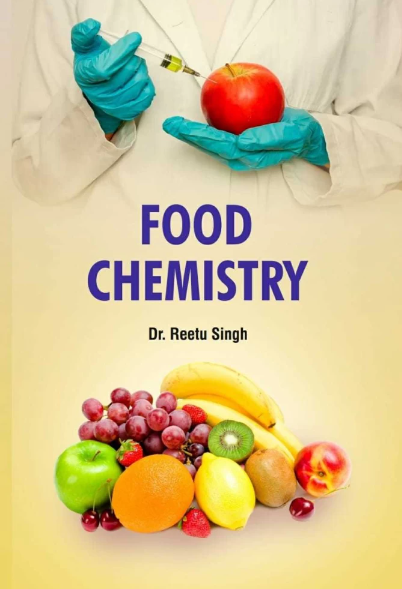Role of lipids in beef flavor development: A review of research from the past 20 years
IF 8.5
1区 农林科学
Q1 CHEMISTRY, APPLIED
引用次数: 0
Abstract
This review systematically examines the effects of lipids on beef flavor, based on studies published over the past 20 years, focusing on the intrinsic factors that influence flavor. Research shows that enhancing beefy and roasted aromas can improve consumer preference, while undesirable oxidized and metallic aromas reduce acceptance. Key volatile organic compounds (VOCs) associated with flavor include several aldehydes (hexanal, nonanal, decanal, octanal, heptanal, pentanal, and (E,E)-2,4-decadienal), alcohols (1-octen-3-ol and 1-hexanol), 2-heptanone, 2-pentylfuran, and nitrogen- and sulfur-containing compounds (pyrazines and dimethyl sulfides). Fatty acids such as C18:1n9 and C18:2n6 and intramuscular fat significantly contribute to forming overall VOCs to develop the distinct beef flavor. Storage conditions such as high‑oxygen environments can facilitate lipid oxidation, resulting in off-flavors. Consequently, beef flavor develops through complex interactions between lipid properties and chemical reactions during storage and heating, with moderate oxidation playing a key role in developing desirable flavors.求助全文
约1分钟内获得全文
求助全文
来源期刊

Food Chemistry
工程技术-食品科技
CiteScore
16.30
自引率
10.20%
发文量
3130
审稿时长
122 days
期刊介绍:
Food Chemistry publishes original research papers dealing with the advancement of the chemistry and biochemistry of foods or the analytical methods/ approach used. All papers should focus on the novelty of the research carried out.
 求助内容:
求助内容: 应助结果提醒方式:
应助结果提醒方式:


